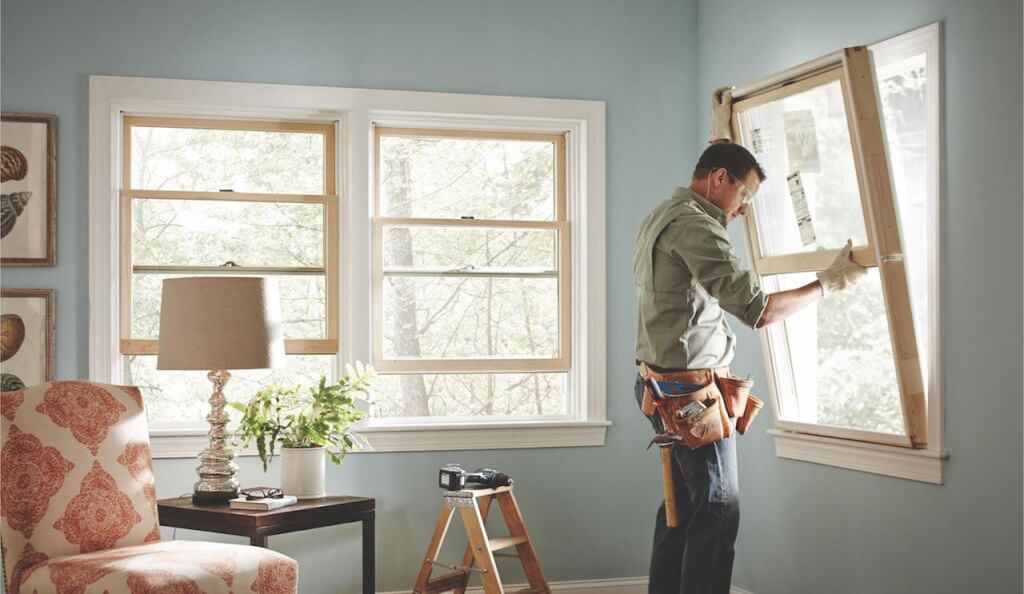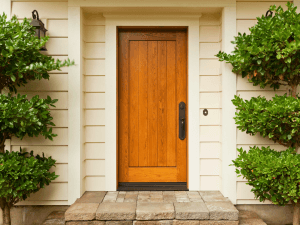Have you ever wondered how your window or door openings are made in the walls of your home?
This basic aspect of construction is known as “window and door clippings”.”Whether you are a homeowner or just interested in the construction process, it is important to understand the basics of this important aspect of residential architecture.
Understanding the Significance of Window and Door Cut-Outs
Window and door cuts are openings strategically made in the walls of a building to accommodate windows and doors. They serve several basic purposes:.
- Natural light and ventilation: The windows allow the flow of natural light, reducing the need for artificial lighting during the daytime. They also act as a ventilation source, facilitating the flow of fresh air in your living space, which is critical Jul for good indoor air quality.
- Entrance and exit: The door is the basic mode of entering and leaving the building. Full-sized and strategically placed doors are critical for easy access and departure from different rooms or the entire building.
- Visual attractiveness: The aesthetic quality of a building is greatly influenced by window and door openings. They contribute to the overall architectural design by increasing the aesthetic value of the structure.
- Energy saving: Properly designed and installed windows and doors contribute to energy efficiency. By minimizing heat absorption in summer and heat loss in winter, they can lead to lower energy costs and a more pleasant indoor atmosphere.
- Protection and security: Strategically placed windows and doors increase safety by allowing occupants to monitor their surroundings and provide emergency exits if necessary. It also acts as an access point for firefighters and other emergency responders.
The Blueprint to a Perfect Fit: Window and Door Cut-Outs for Your Home
Making window and door openings is a precise operation that requires thoughtful planning and implementation to ensure a perfect fit.
Design and Planning
Beforemakinganopening, itisimportanttoworkwitharchitectsanddesignerstodeterminethe location, sizeand style of windows and doors.Atthisstage,wetakeinto account thebeautyof the building, functional needsand energy-savinggoals.
Permits and Regulations
Make sure you have the necessary permits and comply with local building codes and regulations. This step is important to avoid legal complications and ensure the safety of your home.
Marking and Framing
When the design is completed, the location of the cut is marked on the wall. Then the frame is mounted to support the opening. This framing is necessary for structural integrity and prevents the collapse of the walls.
Cutting Openings
Using the marked line as a guide, the contractor carefully cuts the window and door openings. Accuracy is important here to ensure that the openings are of the correct size and shape.
Installation
After the cutting is done, the windows and doors are installed. Proper insulation and sealing are critical to prevent drafts and maintain energy efficiency.
Finishing
The final step involves finishing the peripheral areas of the cutting. This includes interior and exterior cladding, paint and the necessary weatherproofing measures.
Quality Inspection
A thorough inspection is required to ensure that windows and doors fit correctly, are properly closed, and meet all safety and energy efficiency standards.
Maintenance
Regular maintenance is important to ensure the service life and performance of windows and doors. This includes cleaning, checking for leaks and responding quickly to problems.
Can A Window Be Cut into a Door?
It is possible to add a window to a door, although it may require some modifications.
The option of installing a window panel on a door, often called a door plate or glass Octet, or replacing the entire door with a panel with a built-in window, depends on your aesthetic preferences and functional requirements.
How Can You Tell How Old a Window Is?
Determining the age of a window can be challenging, but there are some clues to look for.
Check for manufacturer’s labels or markings on the window frame, as they often include production dates. Additionally, the style and design of the window can provide hints about its age, as architectural trends change over time.
What Is the Lifespan of a House Window?
He noted that the life of windows in the house depends on various factors, including the quality of the material, its installation and maintenance. In general, well-maintained windows can last from 15 to 30 years or more. High-quality windows with proper maintenance and occasional repairs can extend their service life beyond 30 years.
All in all, window and door cut-outs are fundamental elements of residential construction, offering aesthetic, functional, and energy-efficient benefits to homes.
If you are considering replacing windows and doors or need professional guidance to improve the energy efficiency of your home, consider reaching out to Canglow. With our expertise and top quality products, we can help you turn your living space into a more comfortable and energy efficient environment.
For professional guidance on window and door solutions, energy efficiency upgrades, and reliable installation services, contact our team at Cnglow today.


